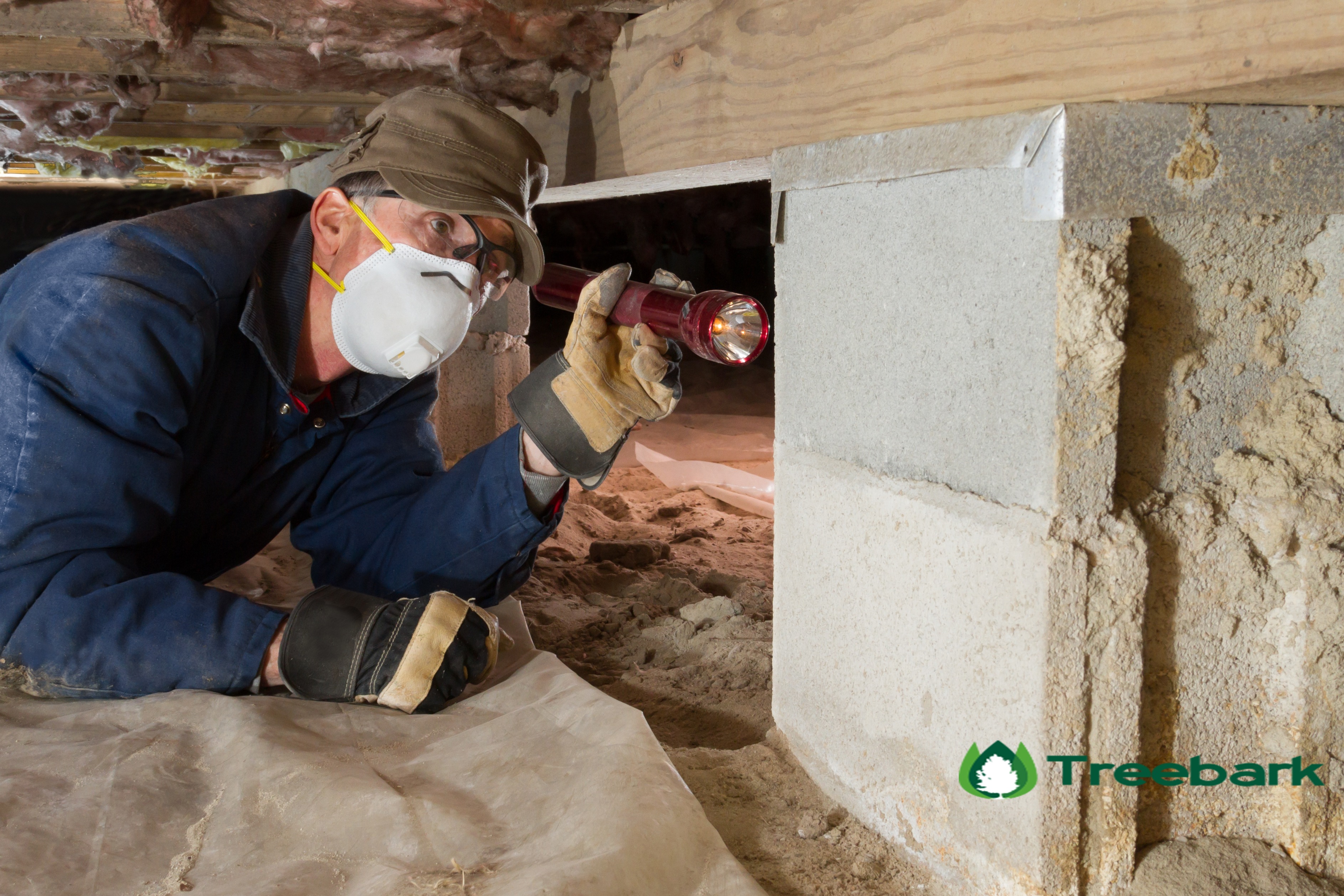
Pest control for termites takes different forms and methods. Termite control companies determine which one to use based on certain factors. For instance, the size of your property will determine treatment method to be utilized to get the most effective result.
The following are some of the most popular pest control for termites methods:
Bait Stations
Bait system is effective in situations where there are signs of termite activity as a prevention and control method. It involves setting up monitoring station around the property to confirm termite presence. When termite activity is detected, the monitoring stations are then turned to a bait station. Foraging termites feed on the slow-acting toxin and then transport it back to their colony for other termites.
Advantages
It is very easy to install, unlike using a liquid termiticide. You can get cheap do-it-yourself bait system kits at your local store.
Bait systems are eco-friendly. They use very small amount of chemicals. In fact, the initial monitoring stations don’t require any chemicals at all. You can also use them in places where the use of a chemical is not allowed.
Disadvantages
It takes some time to stop an infestation using the bait system since a slow acting toxin is used. Damage from infestation may continue for a couple of months before seeing result.
It requires constant monitoring to be effective. This is because it has no residual effect. When a new termite activity is detected in another location you need to initiate the treatment again.
Use of Liquid Chemical as Pest Control for Termites
This involves the use of chemicals called termiticides on the soils across the perimeter of your property. Application of liquid termiticide will control an existing termite population and protect against future infestation.
Advantages
It is reliable. While the baiting system requires a foraging termite to stumble upon it, the application of liquid chemical will create, round your property, a barrier that forces termites to turn away.
Though it uses a large volume of liquid chemicals, it is generally considered as a cheaper alternative to the baiting system.
Disadvantages
Not everybody is open to the idea of using chemicals in the home, especially when you have kids and pets. But there are much safer and environmental friendly termiticides in the market today. Treebark Termite and Pest Control offers 100% Organic Pest Control Treatments and 100% Safe and Effective Termite Control Treatments based off the Ryania Tree in South America.
Termite Fumigation Gas
This is especially recommended for drywood termite infestation in the house. It allows treatment to reach difficult area that cannot be reached by other methods.
Advantages
It penetrates cracks and wall to reach termites
The fumigant is non-flammable.
The kind of gas used evaporates quickly after the tent is removed, leaving no residue
Disadvantages
Most of the gases used for termite fumigation can be lethal. All humans and pets must be evacuated.
At high temperature some fumigation gas can disintegrate and form corrosive acid, all heat sources in the house must be turned off.
Recent studies performed by leading colleges within their science labs show that the sulfuryl flouride gas in fumigations stays within the atmosphere for HUNDREDS of years. This powerful greenhouse gas depletes the ozone layer and detrimental to our environment. Futhermore, 60% percent of all Sulfuryl Flouride gas in America is used in California alone. Scary thought when you think about our local climate.
Conclusion
There are many methods of pest control for termites but the ones outlined here are some of the most common.
